
Life sciences writer Susan Milius has been writing about botany, zoology and ecology for Science News since the last millennium. She worked at diverse publications before breaking into science writing and editing. After stints on the staffs of The Scientist, Science, International Wildlife and United Press International, she joined Science News. Three of Susan's articles have been selected to appear in editions of The Best American Science Writing.

Trustworthy journalism comes at a price.
Scientists and journalists share a core belief in questioning, observing and verifying to reach the truth. Science News reports on crucial research and discovery across science disciplines. We need your financial support to make it happen – every contribution makes a difference.
All Stories by Susan Milius
-
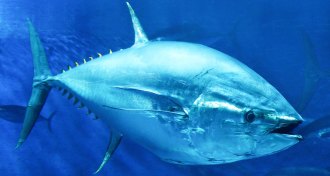 Animals
AnimalsNewly discovered lymph hydraulics give tunas their fancy moves
There’s still some anatomy to discover in fishes as familiar as bluefin and yellowfin tunas.
-
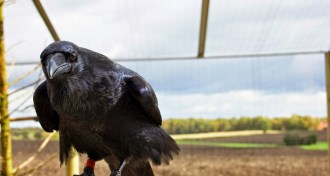 Animals
AnimalsRavens pass tests of planning ahead in unnatural tasks
Clever birds may have evolved their own broad powers of apelike thinking about the future.
-
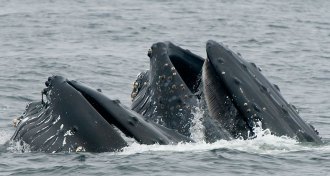 Animals
AnimalsWhales feast when hatcheries release salmon
Whales: “They’re 40 feet long and they’re feeding on fish that are the size of my finger.”
-
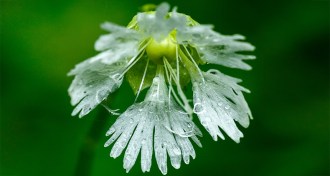 Plants
PlantsHermaphrodite wildflower has its own battle of the sexes
A new example of sexual conflict shows up in a plant with a troublesome pollinator.
-
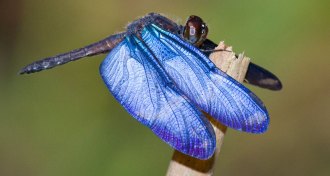 Animals
AnimalsThe blue wings of this dragonfly may be surprisingly alive
The wings of adult morpho dragonflies show tiny respiratory channels that may support a complex of nanostructures that shine blue.
-
 Plants
PlantsFloral curve test shows what’s great for a moth is not so good for a flower
3-D printed flowers reveal a hidden conflict between a hawk moth and the flowers it pollinates.
-
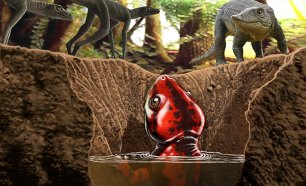 Paleontology
PaleontologyNew fossils shake up history of amphibians with no legs
The oldest near-relative of today’s snake-shaped caecilians could have an unexpected backstory.
-
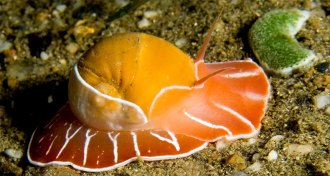 Paleontology
PaleontologyAncient attack marks show ocean predators got scarier
Killer snails and other ocean predators that drill through shells have grown bigger over evolutionary time.
-
 Climate
ClimateClimate change might help pests resist corn’s genetic weapon
Rising temperatures may allow pests to eat corn that is genetically modified to produce an insect-killing toxin.
-
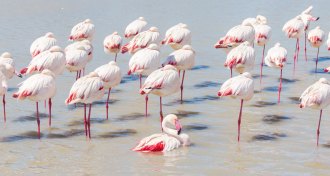 Life
LifeHow a flamingo balances on one leg
Flamingos’ built-in tricks for balance might have a thing or two to teach standing robots or prosthesis makers someday.
-
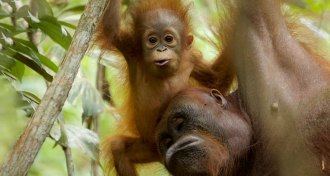 Animals
AnimalsOrangutans take motherhood to extremes, nursing young for more than eight years
Weaning in orangutans has been tricky to see in the wild, so researchers turned to dental tests to reveal long nursing period.
-
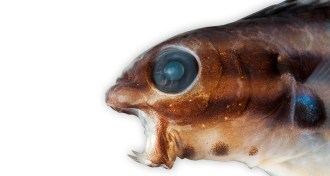 Animals
AnimalsBlennies have a lot of fang for such little fishes
Unlike snakes, blennies evolved fangs before venom, through probably not because of any need to hunt big prey.